
I had done a transoceanic ferry flight in a single before, flying my Piper Archer over the Atlantic to Germany and selling it there for a handsome profit. I had taken a course from experienced ferry pilots in Vero Beach, Florida, had a fat binder with all flight-planning details with me, and subsequently enjoyed an uneventful yet exciting experience.
Back in the U.S., I used the sales proceeds as a down payment to buy a Socata TB-21—a retractable I chose for its range and endurance as a reliable cross-country machine— and flew it several hundred hours in sometimes questionable weather but never got anything worse than the faintest trace of rime ice.
There was one weather phenomenon, however, that scared me to the core: thunderstorms. I had done my flight training in Amarillo, Texas, at the edge of Tornado Alley, where thunderstorms are at their worst. My flight instructors had instilled thunderstorm avoidance in me by teaching that flying into one of those beasts is essentially a death sentence. Avoidance is the only option. How to deal with one should you blunder inside was never really addressed. My only education on this topic came from Capt. Robert Buck’s excellent book Weather Flying. He had been through quite a few storms in DC-3s and had come out unscathed.
この記事は Flying の December 2019 版に掲載されています。
7 日間の Magzter GOLD 無料トライアルを開始して、何千もの厳選されたプレミアム ストーリー、9,000 以上の雑誌や新聞にアクセスしてください。
すでに購読者です ? サインイン
この記事は Flying の December 2019 版に掲載されています。
7 日間の Magzter GOLD 無料トライアルを開始して、何千もの厳選されたプレミアム ストーリー、9,000 以上の雑誌や新聞にアクセスしてください。
すでに購読者です? サインイン
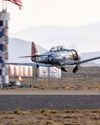
The Temple of Speed
Reno entices even this altitude-oriented pilot.

Flat Sixes
Fanatical artisans
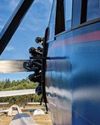
Blue over Green, Tent in Between
I’m old , I’m cranky. Why do I keep air-camping?
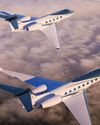
Gulfstream Reveals G400, G800
The product lineup gains large-cabin and ultralong-range mounts.
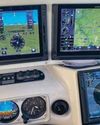
Every Airplane Requires a Checkout
Embrace the challenge of mastering a new machine.
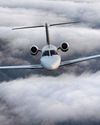
Fuhggedaboutit
Fifty-plus years of f lying forgetfulness

THE MAULE FAMILY APPROACHABLE AIRCRAFT
Choose your mount —the Maules do it all.

Sisters
“ Women certainly have the courage and tenacity required for long flights.” —Mildred Doran
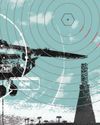
INSIDE OUT OR OUTSIDE IN?
What kind of pilot should you be?
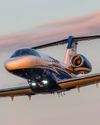
WE FLY: CESSNA CITATION CJ4 GEN2
THE FLAGSHIP CJ JUST GOT A WHOLE LOT BETTER.